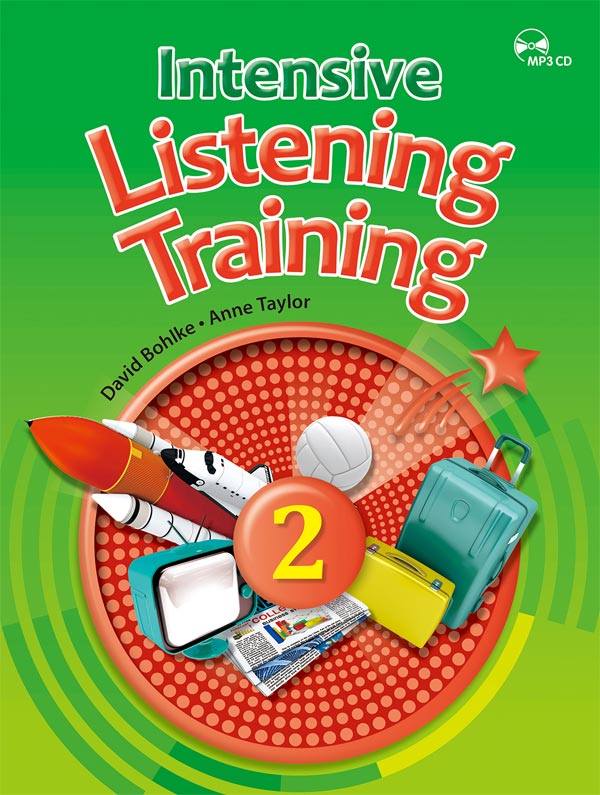

Agricultural communication is defined as a planned transfer of farm technologies from the research system to the farmers' system through extension system and media with a view to make desirable changes in respect of higher productivity, profitability and prosperity and also get feedback from the clients. Organizational Behaviour seeks to examine the impact of communication on the behaviour of employees within organizations. Communication can be defined as process of transmitting information, thoughts, opinions, messages, facts, ideas or emotions and understanding from one person, place or things to another person, place or thing.

The process uses written messages, spoken words and gestures. In general, it is defined as the process by which information is exchanged between individuals. Although the word "communication" is used often, there is no consensus amongst communication experts regarding its definition. It is the transfer or transmission of some information and understanding from one person to another. Communication, therefore, refers to the sharing of ideas, facts, opinions, information and understanding. offers an abundance of resources for immediate use in teaching and research Featuring insightful quotes and concept boxes, chapter overviews and summaries to guide the reader, Teaching and Researching Listening will engage and inform teachers, teacher trainers and researchers investigating communicative language use.Ĭoncept of communication The world communication has been derived from the Latin word "communis", which means common.provides a clear agenda for implementing listening strategies and designing tests.gives definitions of key concepts in neurolinguistics and psycholinguistics.
#EFFECTIVE LISTENING TRAINING FULL#
examines a full range of teaching methods and research initiatives related to listening.In this fully revised and updated second edition, the book: Through understanding the interaction between these processes, language educators and researchers can develop more robust research methods and more effective classroom language teaching approaches. Teaching and Researching Listening provides a focused, state-of-the-art treatment of the linguistic, psycholinguistic and pragmatic processes that are involved in oral language use, and shows how these processes influence listening in a range of practical contexts.

Findings based on the review of the literature along with analysis of the data are of great significance and can be advantageous to improve EFL learners' English listening comprehension skill. Sixth, general principles in teaching listening comprehension are discussed. Fifth, researchers review teaching listening activities. Fourth, teaching methods for listening comprehension will be discussed. Third, analysis of listening comprehension problems is reviewed. Second, it reviews the process of listening comprehension, strategies of listening comprehension. First, it discusses the definition of listening, significance of listening. The study tries to find the factors influencing English listening comprehension and the strategies to be taken that might improve students' listening comprehension. However, in recent years there has been an increased focus on L2 listening ability because of its perceived importance in language learning and teaching. In spite of its importance, listening has long been the neglected skill in second language acquisition, research, teaching, and assessment. This 1-day workshop will help participants build and improve their listening, processing, and comprehension skills.-Listening plays a significant role in daily communication and educational process. It is not only the responsibility of the sender to encode the message, but also the responsibility of the receiver to decode the message effectively. Course OverviewĪctive listening is at the core of healthy relationships, both personal and professional.īody language, tone, and words all play a significant role in communication, but without the component of listening, even the well-intentioned communicator may not succeed. All Federal civilian and military employees and contractors are eligible to attend.


 0 kommentar(er)
0 kommentar(er)
